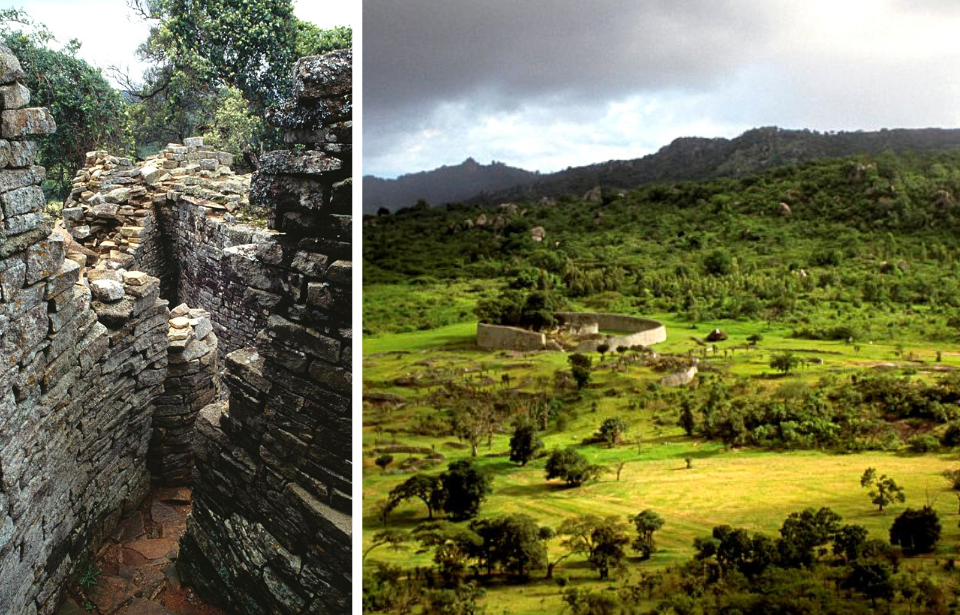Not far from the modern-day city of Masvingo lie the ruins of an ancient stone city, Great Zimbabwe. Not much is known about the medieval city and the people who called it home, but archeologists believe that Great Zimbabwe was a prosperous trading center that housed powerful leaders and royalty – which begs the question, why was the city abandoned by the 15th century?
The mysterious history of Great Zimbabwe
Great Zimbabwe is believed to be built by members of the Gokomere culture, the direct ancestors of Zimbabwe’s modern Shona people. The area was settled by the 4th century AD. Nearly 2,000 acres of land was farmed and local mines were abundant with iron. The buildings of Great Zimbabwe didn’t appear until the 11th century, and took 300 years to complete!
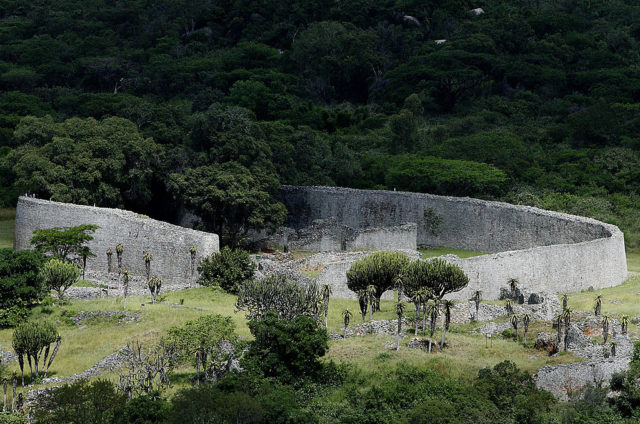
The city was enclosed by large stone walls called the Great Enclosure, which stretched a total of 820 feet. Some of the walls are as high as 36 feet, suggesting that powerful royals and politicians resided within the stone palace. According to local legend, Great Zimbabwe is also believed to be the capital city of the biblical figure the Queen of Sheba. Historians think the city was home to as many as 18,000 people, many of whom were successful traders and cattle raisers.
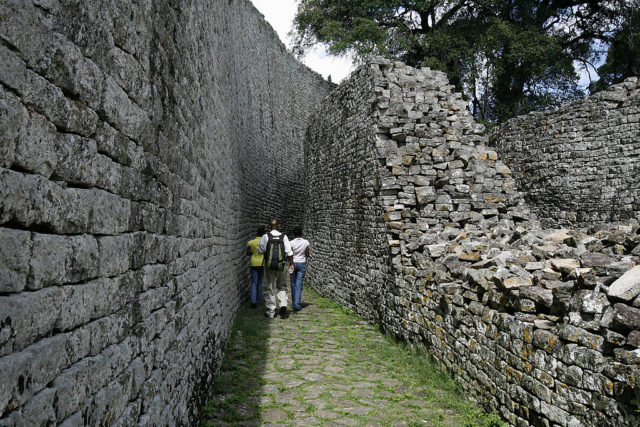
Artifacts found throughout the site trace back to India, China, and Persia and suggest that gold and ivory were the primary trading resources thanks to a large gold mine not far from Great Zimbabwe. One researcher believes as much as 20 million ounces of gold were extracted from the Great Zimbabwe area.
A network of ruins
Great Zimbabwe consists of three distinct architectural sections: the Hill Complex, the Valley Complex, and the Great Enclosure. The Hill Complex is believed to be the oldest part of the ruins, dating back to 900 AD. Built atop the largest hill in the area, archeologists believe this site was once the home of a religious temple.
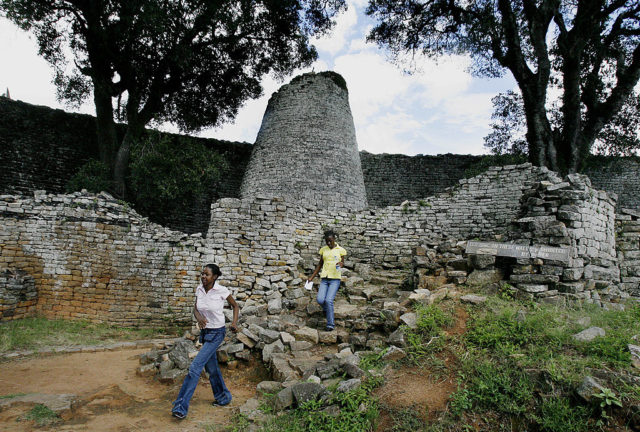
The Valley Complex was where the majority of the city’s residents lived. The ruins consist of a large number of mud-brick houses that sit near the Great Enclosure. The Great Enclosure is the most impressive section of the ruins, surrounded by a large wall built without mortar – a difficult technique that requires fitting each rock together perfectly.
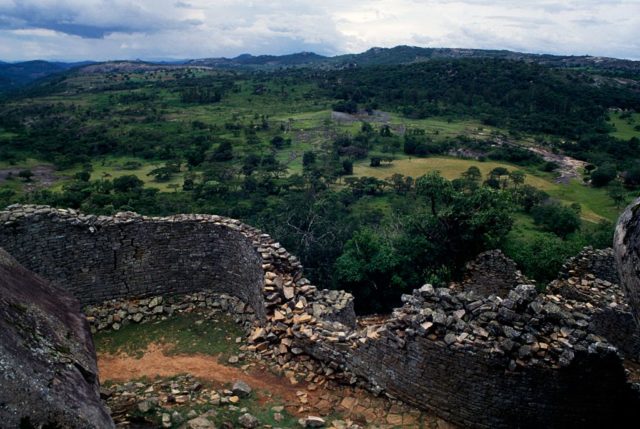
The tall outer walls of the enclosure are lined with a second wall that ends in a large tower. The tower was likely a palace or even a grain silo, and it’s one of the largest existing structures in sub-Saharan Africa.
Archeology of Great Zimbabwe
Archeologists have unearthed countless artifacts from the Great Zimbabwe site that help piece together the complicated history of the area, but the area has had little excavation compared to other ancient landmarks.
Soapstone carvings of birds found at the site resemble the same bird featured on the national flag of Zimbabwe. This reflects the political history of Great Zimbabwe, which has been used by both colonial and Black nationalist groups as a symbol of the county’s present. Even the name of the fortress reflects Zimbabwe’s culture today. The name “Zimbabwe” is a Shona word that means “stone houses.”
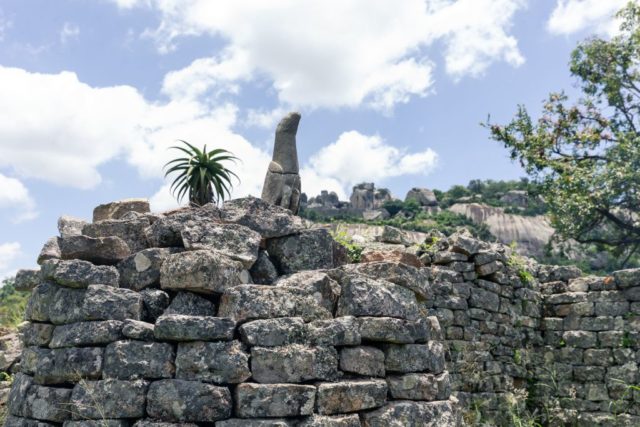
Other artifacts found at the site include pottery, elaborate ivory carvings, bronze spearheads, gold jewelry, and iron tools. To protect the valuable history of Great Zimbabwe, it was deemed a UNESCO World Heritage Site in 1986. Unfortunately, prior to the UNESCO designation, the site was frequently looted by European visitors and many artifacts have been stolen before they could be properly studied.
Plagued by plundering and racism
The first foreigner to come across the site was Portuguese sea captain Viçente Pegado, who arrived in 1531. Upon viewing the site, he wrote:
“Among the goldmines of the inland plains between the Limpopo and Zambezi rivers [is a] fortress built of stones of marvelous size, and there appears to be no mortar joining them … This edifice is almost surrounded by hills, upon which are others resembling it in the fashioning of stone and the absence of mortar, and one of them is a tower more than 12 fathoms high.”
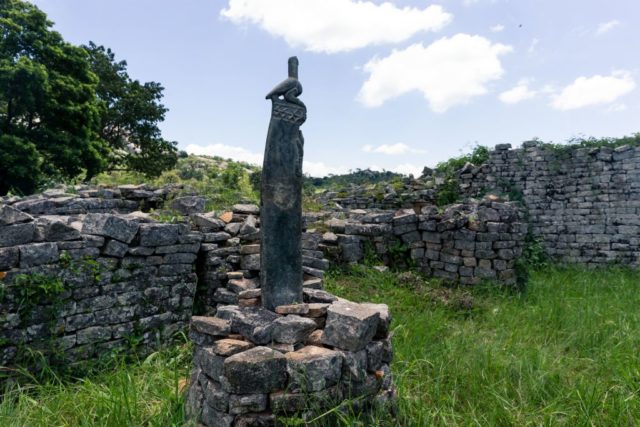
What happened to this once great city?
If Great Zimbabwe was such a prosperous site, why was it abandoned in the 15th century? Great Zimbabwe was abandoned around 1450 AD, left to slowly decay. Researchers believe that the exhaustion of the gold mines, political upheaval, and famines caused by a change in climate ultimately forced the residents of Great Zimbabwe to relocate.
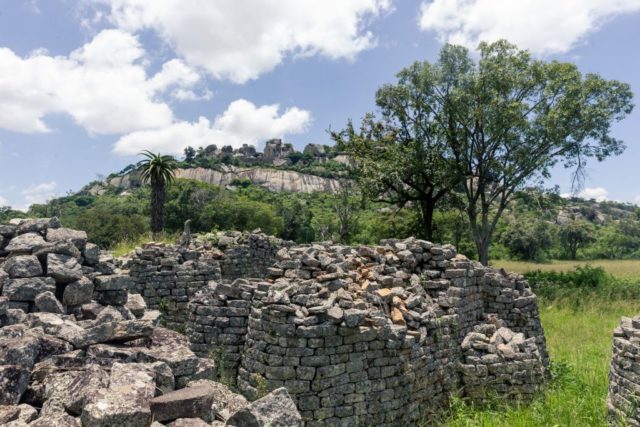
Several newer cultural groups also emerged around this time, specifically the Mutapa state, a kingdom that expanded throughout Zimbabwe and modern-day Mozambique.
More from us: The Gruesome History of New Mexico’s Abandoned Budville Trading Post
Even though it is long since been abandoned, Great Zimbabwe remains one of the most significant cultural sites of its kind in Africa.
